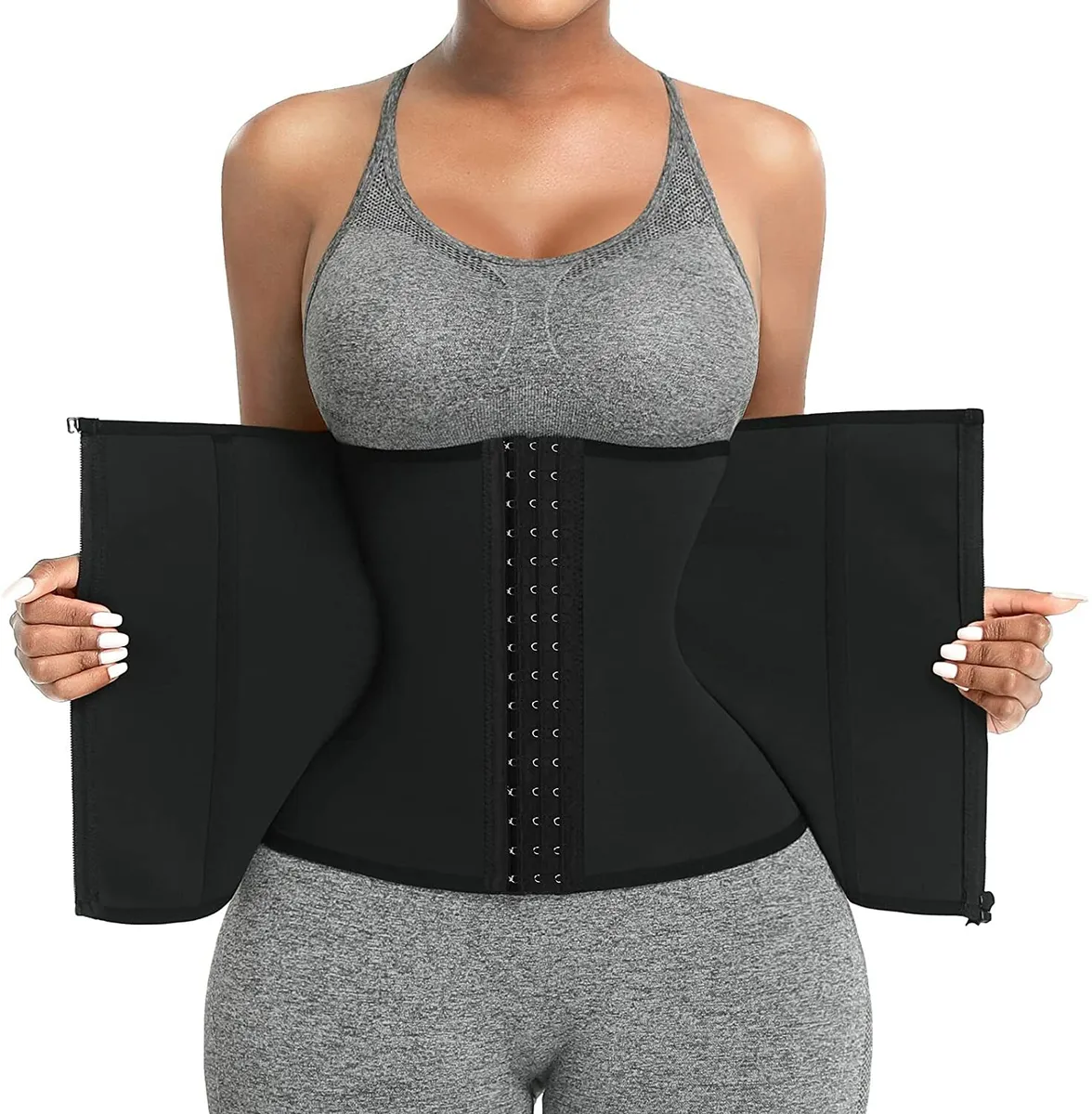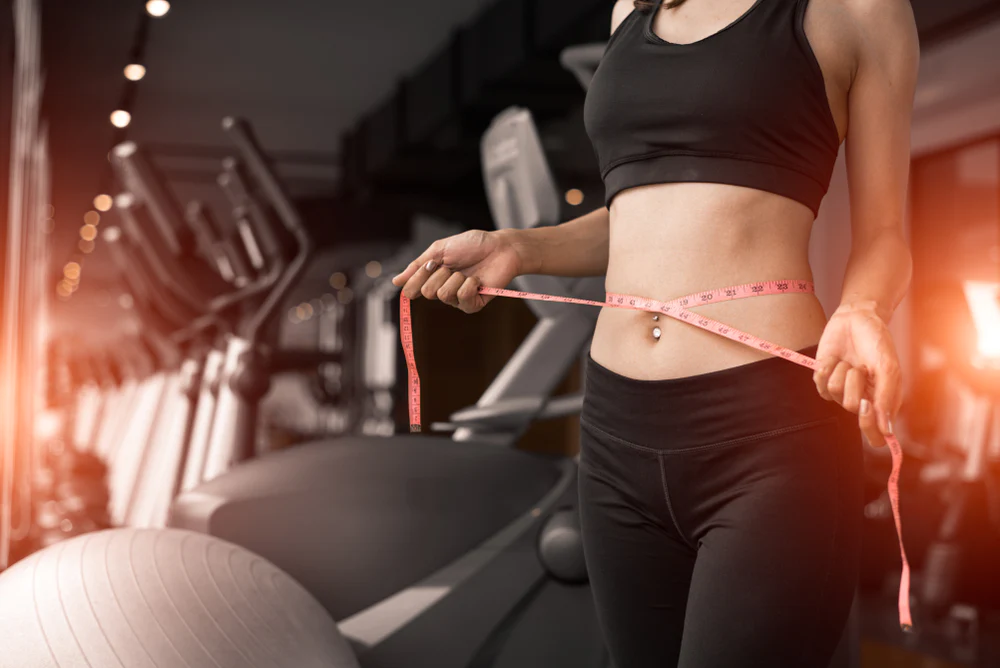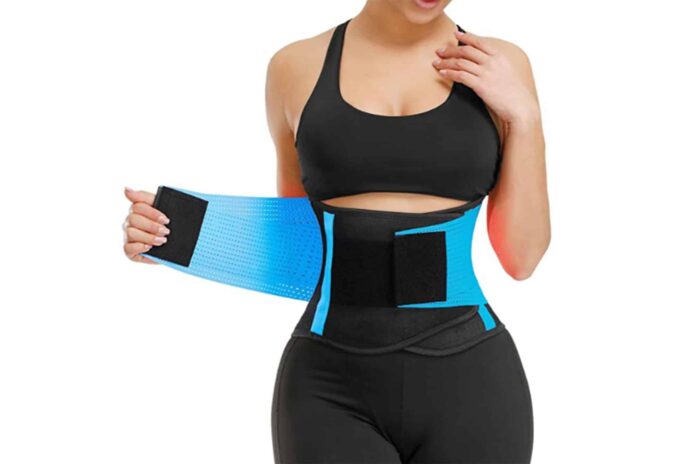From Victorian corsets to modern-day cinchers, the allure of a sculpted waist has remained a consistent symbol of beauty. With celebrity endorsements and viral social media trends, waist trainers are back in the limelight.
But are they safe, and do they truly work? Let’s dive deep into the world of waist trainers, separating myth from fact, and offering a comprehensive guide to achieving that desired silhouette.
1. Understanding Waist Trainers

Waist trainers, often visualized as modern-day corsets, are garments designed with the explicit purpose of cinching the waist and lending additional support to the core. Delving back into history, the corset, crafted intricately with whalebones and laced tightly, was the predominant tool for this. These garments weren’t just about fashion but were significant in shaping societal beauty standards. Today’s midriff trainers, however, have evolved. Materials such as latex and spandex are now favored, primarily because they strike a balance between providing the required compression and ensuring wearer comfort.
The renewed and soaring popularity of waist trainers in our era can be understood as a blend of historical nostalgia mixed with a modern-day quest for instant body modifications. As for variety, the options are vast. There are the traditional lace-up corsets, reminiscent of the Victorian era, and then there are the more contemporary fitness-focused cinchers, each designed keeping specific user needs in mind.
2. The Desire for a Sculpted Waist
The admiration for a slender waist is not a new phenomenon. This aesthetic ideal can trace its origins back to ancient civilizations where a svelte midriff was often equated with beauty, fertility, and even strength. As the sands of time shifted, this idealization persisted, finding a place in every era’s beauty standards. Fast forward to today, the intensity of this desire has been magnified, thanks in part to the digital age.
Social media influencers and celebrities, with their wide-reaching platforms, play significant roles in setting beauty benchmarks. On platforms like Instagram, for instance, ‘hourglass’ figures are not just admired but also fervently desired, leading many to believe in the transformative power of waist trainers. Such tools are often hailed as the ‘secret weapon’ that promises to bestow the coveted silhouette.
3. The Science Behind Waist Training
On a physiological level, waist trainers function by exerting pressure and compressing the midsection of the body. This compression can lead to a temporary reshaping of the ribs and even cause a slight rearrangement of the internal organs within the visceral region. It’s a transformation that’s both fascinating and a bit unsettling. However, it’s vital to underscore the word ‘temporary.’ Many believe, or perhaps hope, that waist trainers can offer permanent alterations to the waistline.
Still, the scientific community largely disagrees. Most experts and studies converge on the idea that the changes brought about by waist trainers are transient. An analogy that’s often used to describe this phenomenon likens midriff trainers to dental braces. Just as braces can realign teeth over time, waist trainers can reshape the waist — the difference being that the latter’s results tend to be much less enduring.
4. When is the Right Time to Start Waist Training?

Age isn’t just a number when it comes to waist training; it dictates the appropriateness and safety. Adolescents, whose skeletal and muscular structures are in their growth phase, must avoid such constrictions. Meanwhile, postpartum abdomen training is a trend many new mothers follow. However, post-pregnancy bodies are healing and transforming. Thus, any intervention should be slow, well-informed, and preferably under medical guidance to avoid adverse effects on the recovering body.
5. The Importance of a Balanced Approach
Waist trainers are not magic tools; they’re supplementary aids. Their role in contouring the waist is undoubtedly noticeable, but the results are typically fleeting. Combining midriff training with a nutrient-rich diet and consistent physical activity ensures the most pronounced and enduring effects. Core exercises, for instance, naturally cinch the midriff, while balanced nutrition prevents unwanted weight accumulation, reinforcing the abdomen trainer’s impact.
6. Potential Risks and Side Effects
Though waist trainers might promise a svelte figure, they do not come without drawbacks. Prolonged and intense compression can displace organs, disrupt regular breathing patterns, weaken essential core muscles, and cause persistent skin irritation. It’s vital to differentiate between the expected tightness and harmful discomfort. Being proactive and educated about these risks prevents undue strain and long-term health concerns.
7. How to Choose the Right One

A waist trainer’s effectiveness is significantly influenced by its fit. Too tight, and it may cause harm; too loose, and it becomes pointless. Beyond fit, the material plays a crucial role. Fabrics that allow the skin to breathe are essential, especially if one plans to wear the trainer for long periods. Durability, flexibility, and ease of wear should also factor into the selection process.
8. Gradual and Mindful Training
Starting a waist training regimen is akin to diving into a new fitness routine – diving headlong can do more harm than good. It’s crucial to initiate the process gradually. Begin with limited hours, letting your body adapt. As with any body modification or training process, staying connected to and conscious of any discomfort or signals from your body ensures a safer experience.
9. Incorporating Waist Training into Your Routine
Like adopting a new habit, consistency and moderation are vital in waist training. For novices, wearing the trainer for 1-2 hours daily offers a safe initiation. As comfort grows, duration can extend. However, extended periods require intermittent breaks. Also, knowing when to skip the trainer, like during high-intensity workouts, can prevent unnecessary complications.
10. Alternatives to Waist Training

While midriff trainers offer one path to an hourglass figure, they’re not the sole route. Many exercises focus on the core, offering a natural and sustainable waist-sculpting effect. Pilates and yoga, for example, emphasize core strength and flexibility. Engaging in these practices provides similar, if not better, results while ensuring overall health and without the side effects of physical constriction.
11. Realistic Expectations and Body Positivity
The allure of a shapely abdomen can sometimes blur the reality of waist trainers. They promise change, but it’s pivotal to remember their limitations. Their results vary and are temporary at best. Instead of seeking validation through physical change alone, embracing one’s natural body shape and promoting self-love provides a foundation for self-worth that transcends fleeting beauty standards.
12. Consulting with Professionals
Diving into waist training without informed guidance is akin to navigating uncharted waters without a compass. The unique intricacies of every individual’s body mean that generalized advice may not always apply. Before committing to a midriff training regimen, seeking consultation from medical professionals or fitness experts ensures a tailored approach, optimizing results while ensuring safety.
Conclusion

Waist trainers, like any body modification tool, come with their set of pros and cons. While they can offer that desired silhouette temporarily, understanding their mechanism, potential risks, and alternatives allow for a well-informed decision. Embrace the journey, but always prioritize safety, well-being, and self-love.







